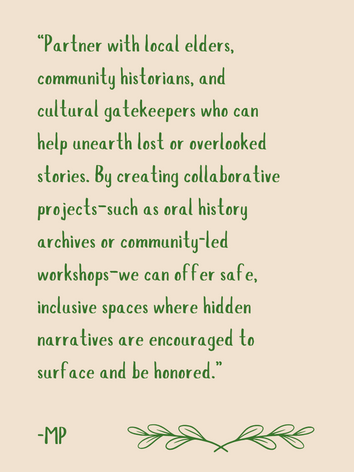Concealed Stories

Concealed stories refer to the narratives that are typically hidden or silenced by dominant (stock) stories. These stories often come from marginalized or oppressed groups whose experiences are not reflected in mainstream discourse. Concealed stories highlight the realities that stock stories obscure or deny, revealing the structural inequities and injustices that shape people’s experiences navigating their reproductive health. Revealing these stories can help to create a more comprehensive understanding of reproductive injustice that centers the needs and voices of those most impacted.
Lee Anne Bell explains that social science data is a crucial tool for uncovering hidden stories of injustice and inequality. In the slides below, you will learn how these hidden patterns of injustice show up in policy, education, access, and health outcomes.
While stock stories promote the idea that healthcare is equally accessible to all, concealed stories reveal the racial disparities in maternal and infant mortality rates.
A concealed story that rarely enters mainstream conversations is the history of forced sterilization and reproductive coercion faced by marginalized communities.
People with disabilities often experience discrimination and lack of autonomy in reproductive health settings, yet their stories are rarely heard.
The reproductive health needs of LGBTQ+ and gender non-conforming people are often erased from the stock stories that frame reproductive health as solely a cisgender, heterosexual women’s issue.
The experiences of immigrant women navigating reproductive healthcare are often left out of dominant narratives. Concealed stories highlight how undocumented women, in particular, face barriers such as fear of deportation, language barriers, lack of health insurance, and cultural stigmas.
Concealed stories also include the ways in which environmental factors—such as exposure to toxins, pollution, and unsafe living conditions—affect reproductive health, particularly in marginalized communities.


